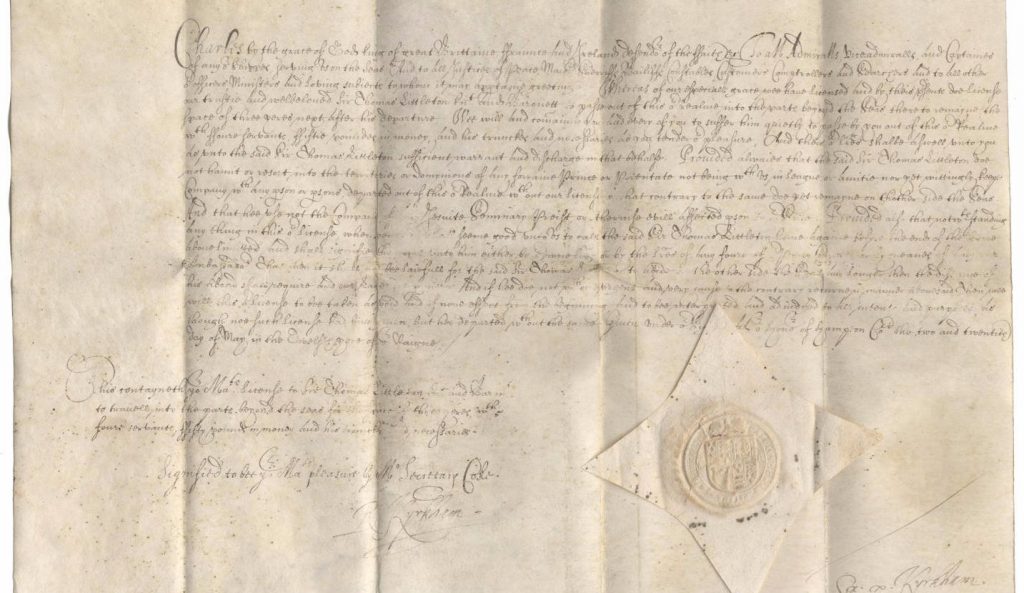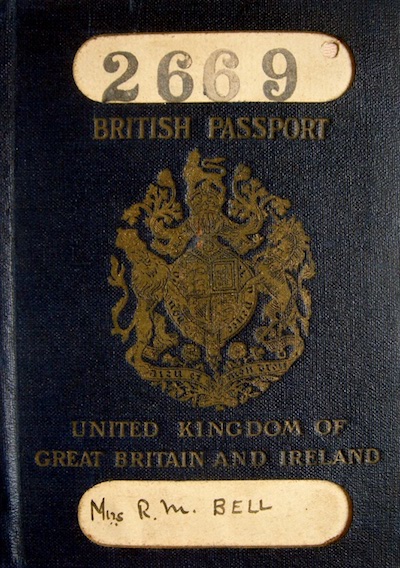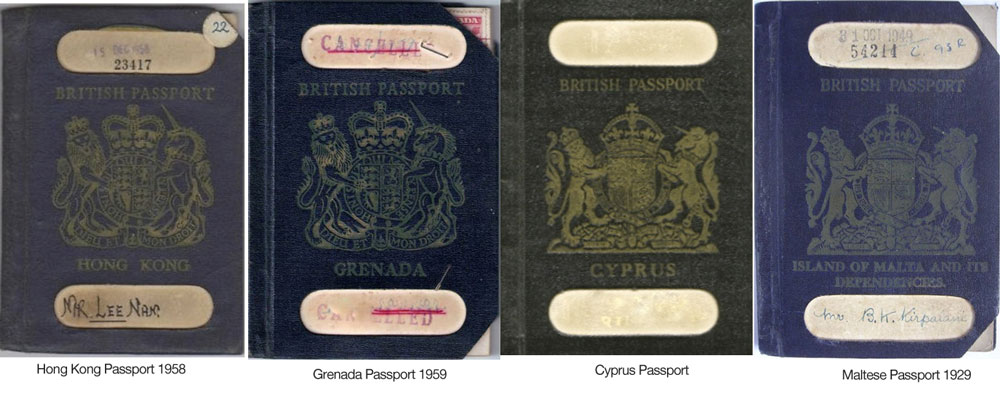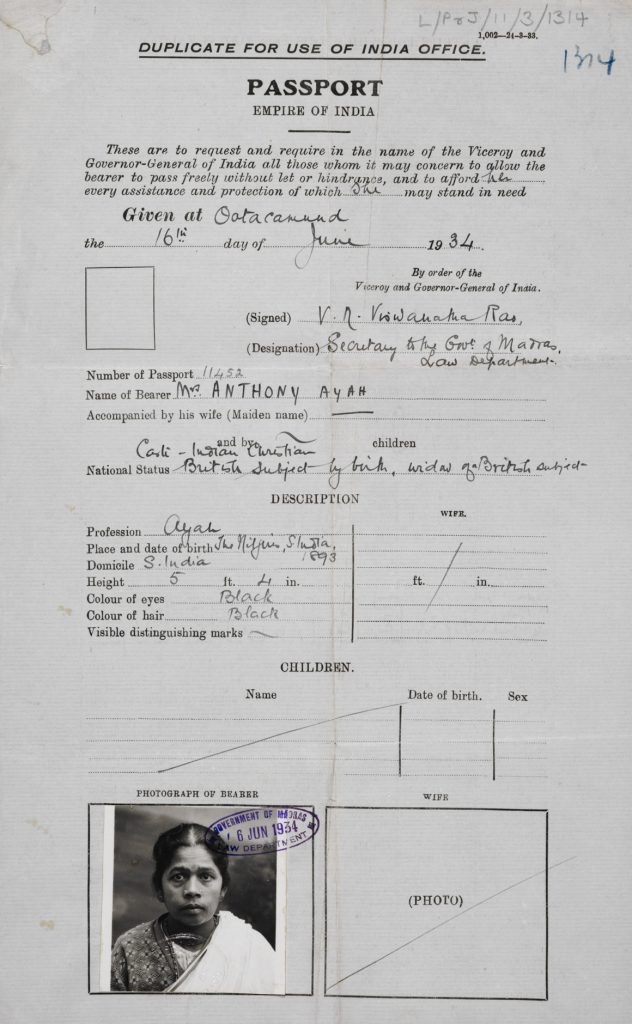Today Passports have come a long way and evolved over centuries from paper to biometric data. We will quickly get some insights into the history and origins of british passports from historical era to modern days. The design of and colors of passports have been changing a lot through years.
The UK Home office has announced that post brexit, UK passports to change color from burgundy to navy blue and new passports will be issued from late 2019. It will be the world’s first carbon neutral passport manufactured by Gemalto
Safe Conducts in 15th Century
Going back to history in 15th century, passports never existed, only to be known as ‘safe conduct document’. It was only in 1540 (16th century), passports were issued by Privy council.
- Safe conduct documents, usually notes signed by the monarch, were issued to foreigners as well as English subjects in medieval times. They were first mentioned in an Act of Parliament, the Safe Conducts Act in 1414.
- Between 1540 and 1685, the Privy Council issued passports, although they were still signed by the monarch until the reign of Charles II when the Secretary of State could sign them instead. The Secretary of State signed all passports in place of the monarch from 1794 onwards, at which time formal records started to be kept.
- Passports were written in Latin or English until 1772, when French was used instead. From about 1855 English was used, with some sections translated into French for many years.
- In 1855 passports became a standardized document issued solely to British nationals. They were a simple single-sheet paper document, and by 1914 included a photograph of the holder.
- The British Nationality and Status of Aliens Act 1914 was passed on the outbreak of World War I. A new format was introduced in 1915: a single sheet folded into eight with a cardboard cover. It included a description of the holder as well as a photograph, and had to be renewed after two years.
History Timeline
1414 – The earliest recorded British passport can be traced back to documents known as safe conducts. These appeared in an Act of Parliament under the reign of Henry V.
1540 – The Privy Council, which advises the monarch, granted passports from 1540.
1641 – The oldest passport still in existence was issued on 18 June 1641 and signed by Charles I.

1778 – Until 1778 passports were written in English and Latin. After this date, they were issued in French which was the language of diplomacy at the time.
1794 – All passports began to be issued by the Principal Secretary of State for Foreign Affairs, who we would now call the Foreign Secretary. Previously all passports would have been issued and signed by the King and Queen.
1915 – The first modern-style British passports, including a photograph and signature were first issued. They were made of a single piece of paper that folded out and sat between cardboard covers.
1921 – The first blue passport in the format of a book was issued in 1921, it had 32 pages and was written in French.

1947 – The final passports issued bearing the signature of the Foreign Secretary were issued.
1968 – UK passports began to be issued with validity for ten years, double the previous validity.
1972 – The first security feature was introduced to the passport – a special watermark. Laminated photographs would follow in 1975 and further security features in the 1980s.
1988 – The first burgundy coloured machine-readable passports were issued in the UK following the common format introduced by the European Economic Community.
1998 – The first digital UK passport was introduced which included a digital image of the photograph and signature.
2006 – The first biometric passports were issued with an electronic chip featuring the holder’s data.
2008 – The first e-Passport gates were introduced in the UK. There are now around 240 ePassport Gates operational, covering 21 air and rail terminals, helping to speed up arrivals and improve border security.
2016 – The passport renewal process went entirely online for those aged 26 and over.
2017 – Announced that all those over the age of 16 can now renew their passport online.
2019 – Post Brexit, The new blue and gold passport will be issued from October 2019, in line with the new passport contract.

Design changes made
- In 1927, the country name changed from “United Kingdom of Great Britain and Ireland” to “United Kingdom of Great Britain and Northern Ireland” (alternatively the name of the colony appeared here)
- In 1954, the name of the Secretary of State was removed.
- In 1968 the validity was extended from five years renewable up to ten, to ten years non-renewable.
- At the end of 1972, several modifications were made. A special blue watermarked paper was introduced to make alteration and forgery more difficult. The number of pages was reduced from 32 to 30, and the holder’s eye colour and the maiden name of a married woman were removed.
- In May 1973, an optional 94-page passport was made available which provided many more pages for immigration stamps and visas for frequent travellers.
- In 1975, lamination over the bearer’s photograph was introduced to make alteration harder. Overprinting of the laminate was added in 1981 to make removal easier to spot.
- In 1979, UK exchange controls were abolished, and the foreign exchange page was removed.
- In 1982, the holder’s occupation and country of residence were removed.
- In July 1988, changes were made to ease the introduction of machine-readable passports later in the year. Joint passports were no longer issued and the descriptions of distinguishing features and height were removed.
- In August 1988, the old style started to be replaced by the burgundy passport, which included the first-ever printed mention of the European Community on the cover and granted automatic free movement of labour to British citizens in the other 9 EEC countries (at the time), and reciprocally provided access for those nation’s workers into the UK economy.[12] Some offices issued the remaining stock of old-style passports until as late as 1993.[13]
- 1998: Digital facial image rather than a laminated photograph, and intaglio or raised printing on the inside of the covers. Children under 16 are no longer included on new adult passports.[14]
- 2006: Biometric passports (also called ePassports) comply with the US Visa Waiver Program.
- 2010: The Identity & Passport Service announced that the British passport was to be redesigned. Pages of the passport will contain well-known UK scenes including the White Cliffs of Dover, the Gower Peninsula, Ben Nevis and the Giant’s Causeway. There will also be new security features, namely moving the chip which stores the holder’s details to the inside of the passport cover where it will no longer be visible (this gives additional physical protection as well as making it much harder to replace the chip without damage to the passport cover being spotted), a secondary image of the holder printed onto the observations page, new designs now stretching across two pages and a new transparent covering which includes several holograms to protect the holder’s personal details.[15]
- 2015: HM Passport Office unveiled the design and theme of the new passport as ‘Creative United Kingdom’ at Shakespeare’s Globe, London on November. The design features British cultural icons such as William Shakespeare, John Harrison, John Constable, Charles Babbage, Ada Lovelace, Antony Gormley, Elisabeth Scott and Anish Kapoor; iconic British innovations such as the Penny Black and the London Underground; and UK landmark structures like the Houses of Parliament, London Eye, Edinburgh Castle, the Pierhead Building in Cardiff, Titanic Belfast and the Royal Observatory Greenwich. As part of the Press release the HM Passport Office said the new passport is the most secure in the world. The passport was released in December 2015. De La Rue has got a 10-year contract with HM Passport Office designing and producing the British Passports starting in 2010 as well as the new ‘Creative UK’ passport in 2015
National Archives
The National archives holds searchable archives of passport registers from 1795-1993 and entry books of passes issued by Secretaries of State to people traveling into and out of Britain from 1674-1794.

Passports Issued
following table shows the number of valid British passports on the last day of 2017 and shows the different categories eligible to hold a British passport
| Category | Country code | Valid passports as at 31 Dec 2017 |
|---|---|---|
| British citizens | GBR | 49,728,584 |
| British Overseas Territories Citizens of Gibraltar | GBD | 2,202 |
| British Overseas Territories Citizens of other British Overseas Territories | 30,252 | |
| British Overseas citizens | GBO | 13,379 |
| British subjects with right of abode in UK | GBS | 36,029 |
| British subjects without right of abode in UK | 869 | |
| British protected persons | GBP | 1,408 |
| British Nationals (Overseas) | GBN | 158,107 |





